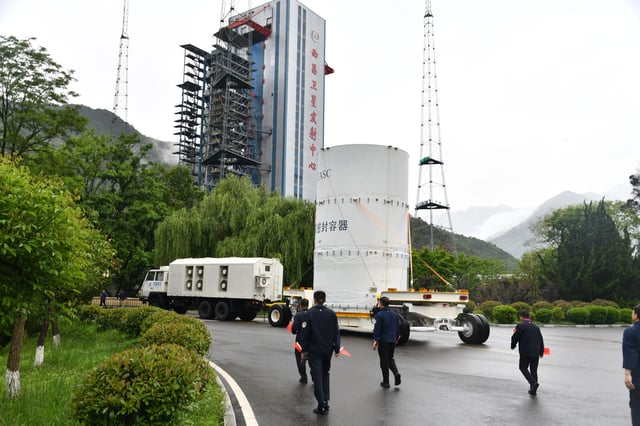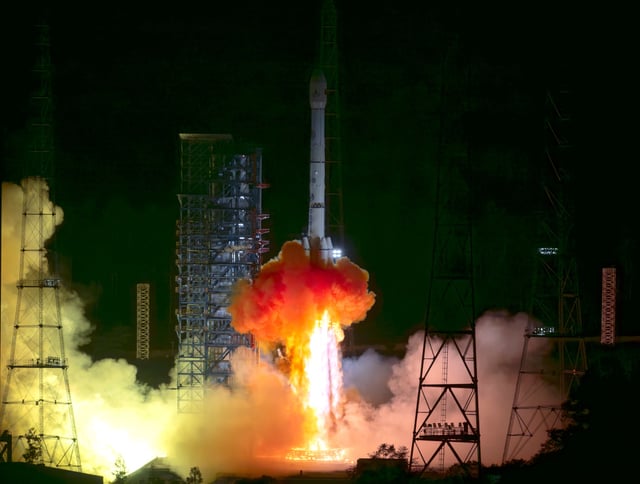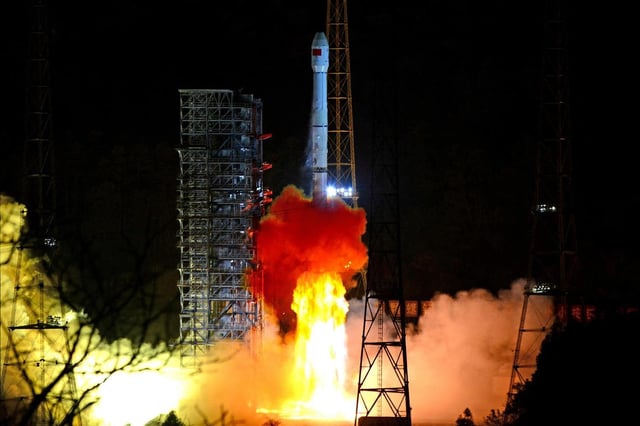Overview
- Tianwen-2 lifted off on May 28 from the Xichang Satellite Launch Center aboard a Long March 3B and is now on course for asteroid 469219 Kamoʻoalewa.
- The spacecraft will attempt hover sampling, touch-and-go and anchored drilling to secure up to a kilogram of material from the 40–100 meter quasi-satellite by July 2026.
- A return capsule will deliver the samples to Earth in late 2027 for analysis of mineralogy, organics and the asteroid’s possible lunar origin.
- Following sample delivery, Tianwen-2 will execute an Earth gravity assist to set off on a ten-year journey toward main belt comet 311P/PANSTARRS, with a flyby expected around 2035.
- Eleven onboard payloads—including multispectral and infrared spectrometers, high-resolution cameras, a radar sounder and magnetometer—will deepen China’s small-body exploration capabilities.



